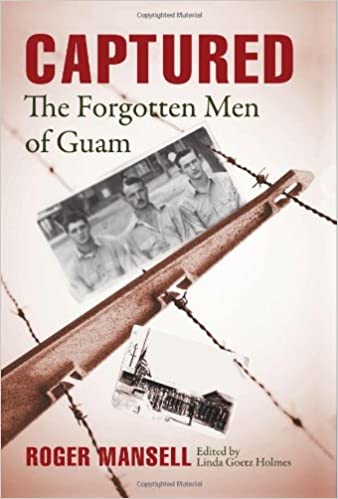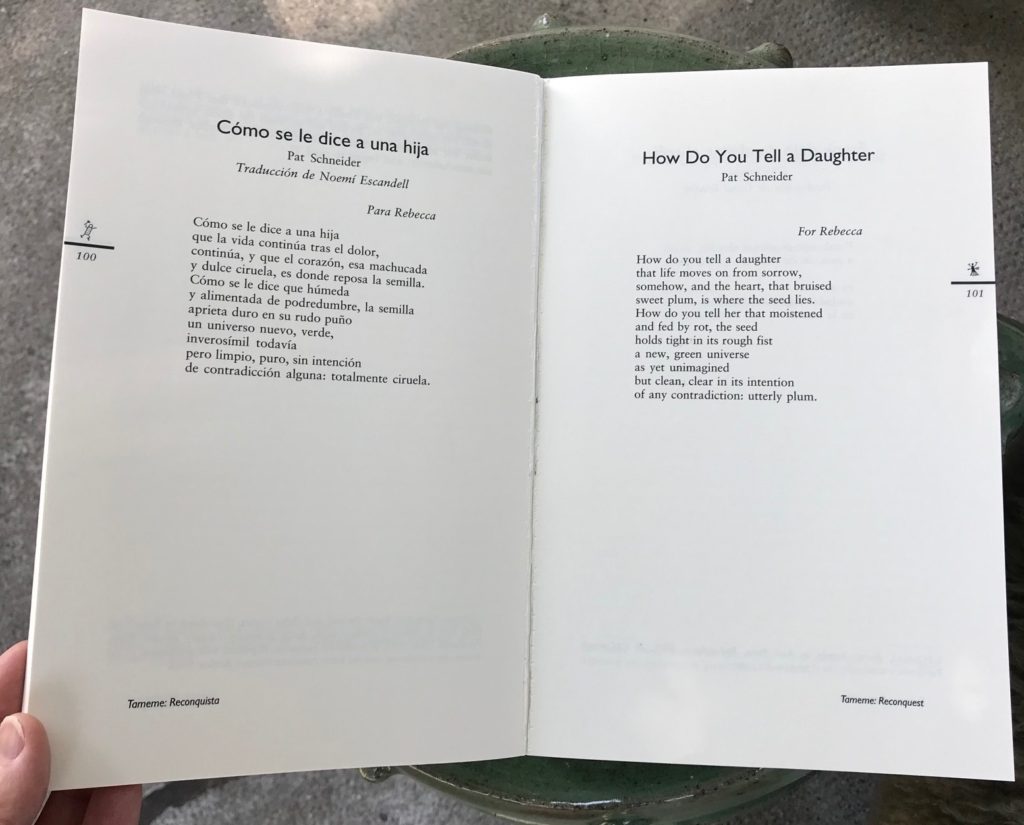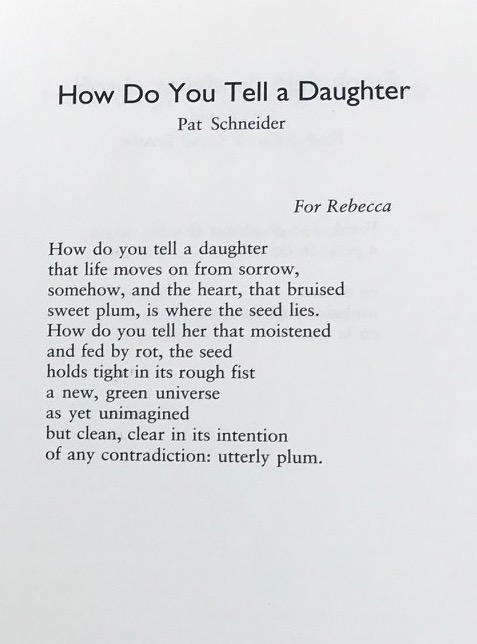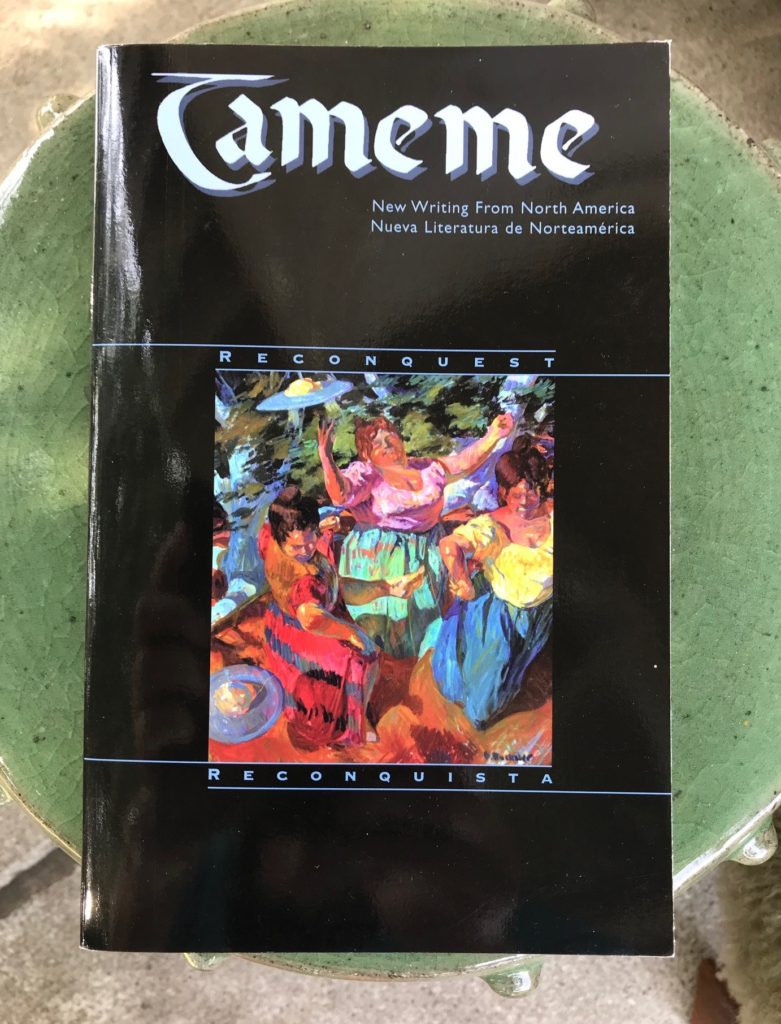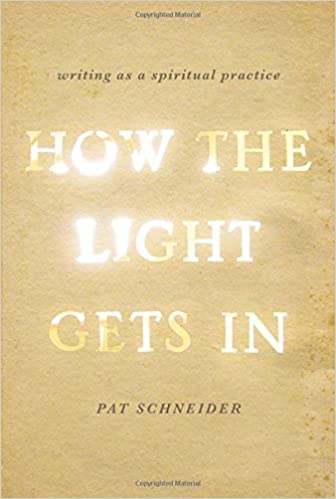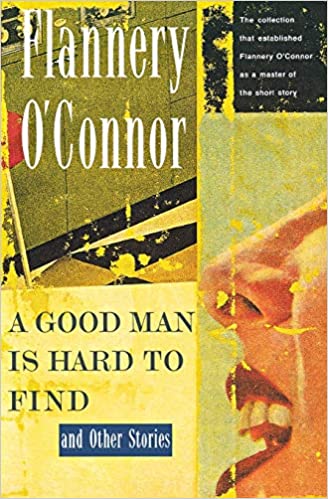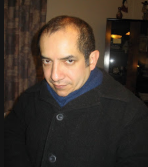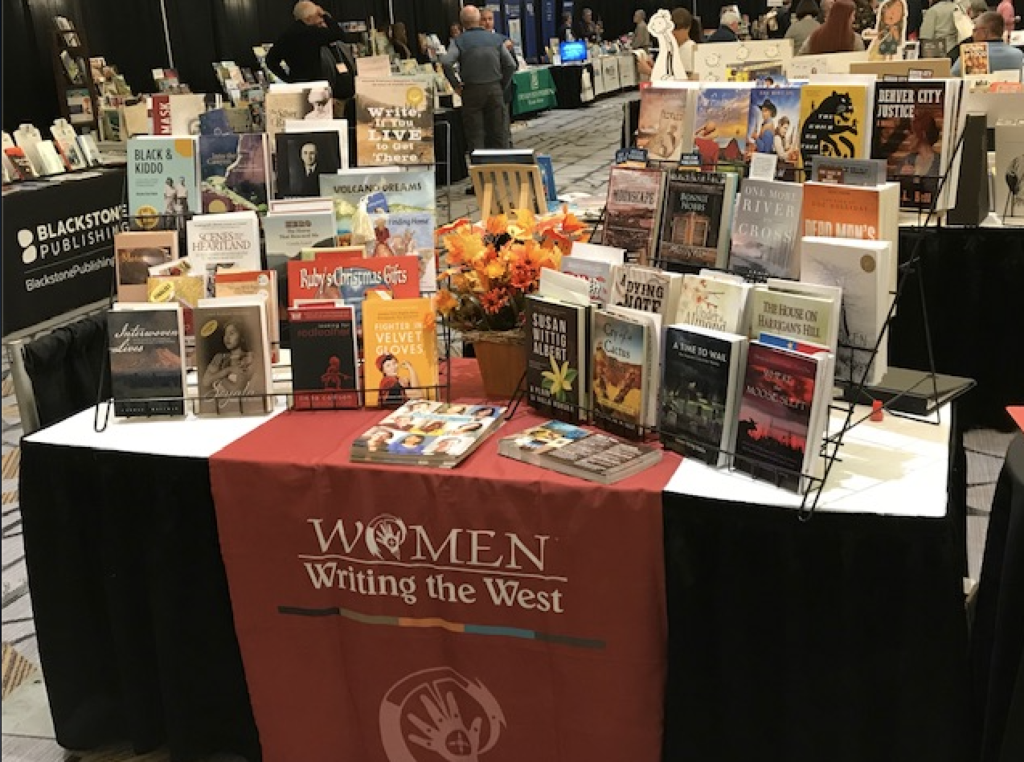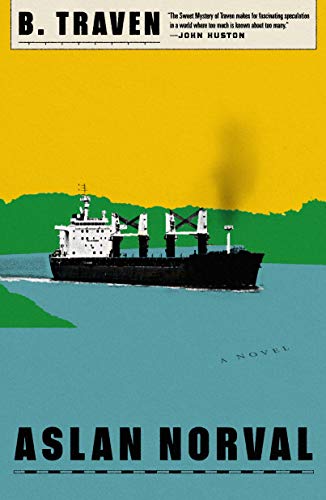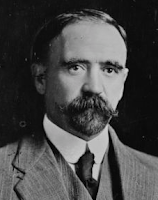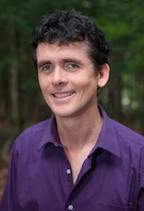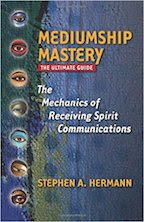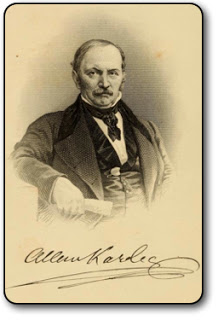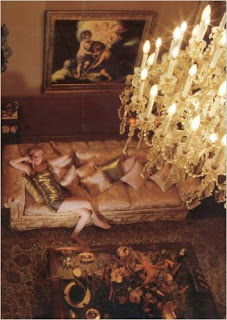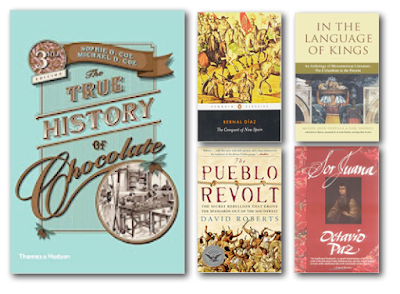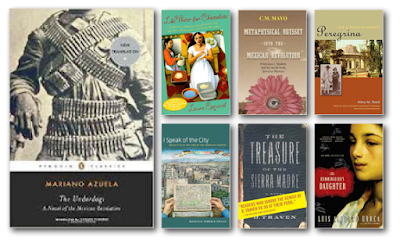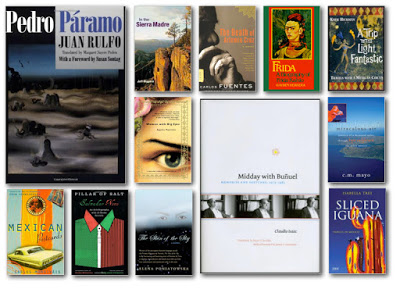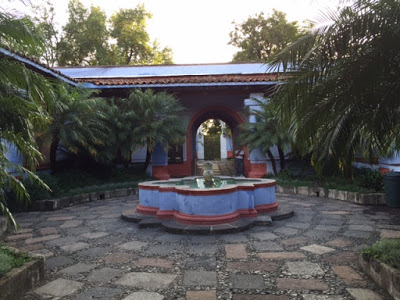
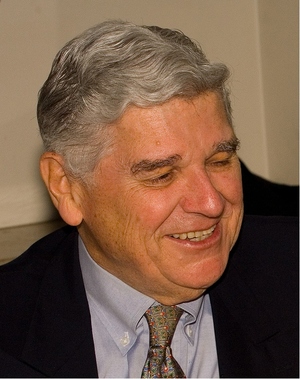
I miss my dad more than I can say. This week, had he not passed on to further adventures in 2010, he would have celebrated his 85th birthday. Recently my sister sent me the text of his presentation at a conference on POW history, which I had not seen before, and I am honored to post it here.
He was not a professional historian but a veteran (late 1950s in Korea) and a businessman. His retirement he dedicated to researching the POWs of the Japanese in World War II, which was made possible after many US government files were declassified, and by his ability to interview some of the survivors, then elderly (almost all have since passed on). He founded the Center for Research on Allied POWs Under the Japanese, which continues, its website, www.mansell.com, managed now by historian Wes Injerd. How my dad found the inspiration to do this work is something he talks about in his presentation, below.
His book, which he had finished just before his death, was edited by noted historian Linda Goetz Holmes and published in 2012 by Naval Institute Press as Captured: The Forgotten Men of Guam. His papers, which include correspondence, and a multitude of documents and photographs given to him by POWs, are archived at the Hoover Institution at Stanford University. Since his passing I have maintained his memorial website, www.rogermansell.com.
#
Researching the History of the Mukden POW Camp
Roger Mansell
Director, Center For Research, Allied POWS Under The Japanese
First, I want to make this very clear. I am NOT an expert of the Mukden POW Camp. Also, I am not an expert on the full story of ANY Japanese POW camp.
Many years ago, I was pursuing and advanced degree in civil engineering… in the days before computers and digital calculators. I shall never forget telling one of my college professors about a particular engineer I had met. I said, rather naively, the “he was a real expert on steel re-enforced dome structures!”
He looked over his glasses and said, “Experts are fools who THINK they have all the answers.”
Some 15 years later, having changed careers a number of times, I had started a printing brokerage and a few other related companies. In one of these companies, I hired a young man, Ken Grimes, as my office manager who, it turned out, had been interned in Santo Tomas in Manila.
Often, we would talk about history. Eventually, he related his own horrific experiences of seeing his father beaten into unconsciousness, he mother frequently slapped and his own endless sense of hunger. It was Ken who said, “Someday Roger, when you retire, you should research what happened to all of us and write a book about it. Tell the whole story, not some officer’s point of view.”
That had to be in September of 1987. I note that my oldest POW files (in DOS) stem from that date. Since then, I have easily spent many thousands dollars and more than 10,000 hours researching and documenting the Allied POWS of the Japanese.
I realized rather rapidly that a number of the books, considered valuable, were actually full of glaring errors, gross exaggerations, and extraordinarily myopic. When I began one could count, on their one hand, the books that gave an overall picture of the POW experiences. Oddly, the best overall book was Joan and Clay Blair’s, Return From the River Kwai [Simon and Schuster, New York, 1979]. It is an outstanding narrative of the Australians return from the Death Railway and the tragedy of the December Hell Ships. A few others stand out, e.g., The Pacific War 1931-1945, by Ienaga, Saburō [Pantheon Books, New York, 1978 (Original- Taiheiyō Sensō-1968)].
However, the early 1990’s was a dynamic period in the development of book publishing programs augmented by the rapid development of low cost, computer driven printing processes. Adobe Corporations’ introduction of scalable type (Postscript) and the introduction of the first PC publishing software (PageMaker) revolutionized the book industry.
A number of individual memoirs and unit histories began to appear in the market. POW experiences in many areas of the Pacific were finally being written and published. My own library began to grow. By 1994, POW histories became an important part of current literature with the introduction of Gavin Daws’ Prisoners Of The Japanese [New York, William Morrow, 1994]. The Australian writer’s book became a best seller in the realm of history books. In my view, it is probably the best overall book written so far on treatment of POWS under the Japanese in World War II. It tended to center heavily on a few main characters but Daws did give a stunning and horrendous overview of maltreatment of the POWS.
For those in United States, Hampton Sides’ Ghost Soldiers [Doubleday Publishing, New York, NY, U.S.A., 2001] reinvigorated the interest of historians to learn more about the Americans captured by the Japanese. Few Americans today can comprehend the scale of the disaster in the Philippines. For the first time in America’s history, we lost an entire Army. The story of the rescue of Allied POWS at the Cabanatuan POW camp, 25 miles behind the Japanese battle lines, was one of the great stories of the war. A brilliant writer, Sides covered the entire war experience of the prisoners, from the Bataan Death March, the hell ships, the massacres and the amazing rescue by the US Rangers. It became a wildly successful best seller, multiple paperback editions, and inspired the movie, The Great Rescue, badly done in the usual Hollywood fashion.
For those of you in academia, you certainly know the dangers of historical research. Many years must pass before the emotional and physical passions of the present disappear from the “Ivy Covered Walls.” In the United States, a young historian could not write a book that negatively portrays President Franklin Roosevelt or President Kennedy. To this day, it would still be an exercise in academic suicide and a sure path to the denial of tenure. Perhaps in another 10 to 20 years.
Not being part of academia I had the freedom to pursue my own interests. I quickly realized that I would never be able to write a book to record the history of the POWs. Perhaps in a six or seven volume set but that was, again, beyond my interest. However, I did decide to focus on an overlooked group of men captured on Guam. I could use the men of Guam as a microcosm to explain the whole.
The introduction of NETSCAPE in 1994 changed the world and the direction of my research. I decided that I would convert my company website into a site to document all that I had learned and what I hoped to learn. My father, as a young man, owned a newspaper in Brooklyn New York and I suppose I acquired a reporter’s gene. I wanted the world to know the facts: who, what, why, where and when.
I started the Center as a non-profit organization and solicited volunteers from the local schools where 20 hours of “volunteer” service are required each year. So far, I have funded every cent of the operation. With but rare exception, I freely make copies of everything we have for any researcher, former POW or descendent anywhere in the world. I pray this attitude will spread amongst those who research how the Japanese exploited the POWS.
Some local educators were (and still are) hostile to anything that they think glorifies war. Some have refused to even mention our work. Still, we regularly greet new volunteers. I assure you, getting more than an hour of effective work from the 20 required is a challenge in itself. Teenagers are easily distracted but at least I know we expose them to “real” history that they will never forget.
I started the site to tell just a simple story of the Guam captives. However, these men were eventually scattered all over Japan and I began to explore every camp.
In 2004 the National Archives in Washington finally permitted the use of personal digital cameras with tripod mountings and my researching ability changed dramatically. In my previous five visits to NARA, I averaged around 200 Xerox copies and 5 to 10 written pages of notes each week. It was a slow and tedious process… noting the contents and location of every document that I planned to copy so we could validly cite, tabbing each page I wanted to copy, securing a NARA permission tab, standing in line for a copier… waiting… and doing it all over again for each box.
Now, I could setup a tripod, point my camera to the table, get one permission tab for 16 boxes at one time, and never hesitate to copy an entire file if I thought it may give valid information. Yes, I often seem to photograph duplicates of the same page but when I get home, we try to strip this out. In five subsequent visits, we now have over 8000 pages of rosters, reports, affidavits and diaries. I don’t think twice… if it looks interesting, I shoot the page!
By cooperating with other researchers around the world, e.g., Michael Hurst who has done a magnificent job documenting the camps on Taiwan, Rod Beattie & Neil MacPherson of Australia who are documenting the Burma-Thailand Railways, we have created a VIRTUAL POW RESEARCH CENTER. We freely exchange data bases and work together to assure accuracy of the camp records.
Other than the roster, we have NOT begun to photograph the Mukden files. I do know that numerous affidavits, diaries and reports are at NARA that describe the experiences of Allied POWS here at the Mukden Prison. Probably a dozen or more books have been written by the survivors of Mukden.
Perhaps the most notable was Joseph A. Petak’s Never Plan Tomorrow.
We can be grateful to Corporal Petak, initially assigned to the 4th Chemical (Smoke Generators), for he created one of the most comprehensive stories about the men imprisoned at Mukden. As with any war history written by a participant, he writes glowingly of those who were his friends, ignores most of the others and relates the story from his point of view.
For the individual, war is “five yards.” He can only see and feel what is five yards in front, to the left, to the right, and to his rear. He can only hope that the enemy is not to his rear.
One is reminded of Sir Winston Churchill’s clear understanding of his historical importance when he stated he would be remembered well by history, “for I shall write the history.” As any reader of Churchill’s work can attest, he clearly placed himself in the middle of all decisions, cleverly evading the credit due to “Ultra,” the breaking of the German coding machine, “Enigma.”
Still, Churchill’s book has stood the test of time for it was sequentially accurate and offered insight into the conduct of the war. No student of the European War can begin to understand the full scope of the Allied efforts unless they read all five volumes.
So it is with Charles Petak. While his skill as a writer is not of literary merit, it is an excellent example of historic, non-fiction, literary narratives– a memoir using re-created conversations. The reader is projected into the milieu of prison life. We see and feel the daily struggle against hunger, the bitter cold of winter and the unrelenting brutality of the Japanese guards.
With over 150 hours of computer time, cross-checking each name against the National Archive list of American POWs, we have been able to correct every American name and all those who were deceased.
What Petak failed to include was a reasonably accurate time line of events. It is one of the most important details that must be known in order to investigate and document any camp or, if interested, the story of any individual man, hell-ship, unit or camp.
The second most important diary for this camp is that of Dr. (Captain) Mark Gardner Herbst. As a medical officer, the Japanese allowed him to have paper and pencils. In some camps, the possession of a pencil was a crime, punishable by a severe beating or even death. Many camp inmates knew that Herbst had carefully recorded the date, cause, and place of each known death. This diary, if found, would be a good time-line for numerous events.
Many researchers had heard of the diary but it could never be found in the National Archives. Despite many individual searches, the diary remained elusive. Finally, in May 2005, I stumbled across a diary labeled “Diary, Capt MARK G. HERREST”. Flipping the cover open, I realized immediately it was the Herbst Diary– not just his original diary but an additional written summary that included POW numbers, date and cause of death plus, most important, the exact location of all known graves.
Whoever prepared the diary for the archive mis-read his name and the error was simply a permanent part of the archive ascension order. No computer search or visual search of the finding aids would point you to the diary. In over 50 days of careful searching through over 500 carefully selected boxes, and skimming through at least twice that many more, I can say without reservation that ninety percent of research success is pure luck.
At the Imperial War Museum in London, we also found a diary (IWM File 96/41/1) of the British Major R. Peaty. Unfortunately Major Peaty clearly demonstrated the immense gulf between officers and, as the British term their enlisted men, the “other ranks” or OR’s. Still, he did, rather carefully, note the deaths of each man but rarely bothered with a name unless it was an officer he knew personally. He did make a reasonable time line, recording significant events, e.g., one yank died; 2 Yanks died; 1 Yank died, etc. But, he did record the arrival of the influx of men from the Oryoku sequence and the high ranking officers from Taiwan. Now we had a confirmation of Herbst’s dates of death. (I extracted notes for this for at the time, digital cameras were still not allowed at the IWM).
Last April, I found the Mukden rosters (in RG 407 Box 122, dated 1 November 1944) and we were at last able to determine the arrival dates, prior POW numbers and current POW numbers for the full camp… at least those that remained. The only surprise was that it now appears the Americans arrived in two groups. The larger group arriving on 11 November 1942 and a smaller group on 18 December 1942. We do hope to get one of our volunteers to add this important information to our data set. As the Japanese normally assigned one’s POW number based upon the day they arrived, we should be then able to sort and verify the EXACT composition of the arriving groups of men.
It is this type of information that will enable us to establish a complete and accurate time line of events for the camp. Until we have these POW numbers and arrival dates added to our data set, we cannot even be certain that we have the complete list of men transferred back to Japan in May of 1944. We noted these men in the Nagoya POW branch camp at Kamioka but we have also seen notations of a second group that may have been sent to a camp in Fukuoka. These newly found rosters, with arrival dates, old POW numbers and Mukden Camp POW numbers will resolve some of the mysteries– at least for our Center.
In a cursory look, however, we suspect there may be some errors in the numbers that were assigned to some of those who arrived from Taiwan. Remember, these lists were prepared by ordinary military clerks and prepared mostly on Mimeograph machines, a process that died in the 1960’s when Xerox developed the office copier. Having typed my share of these mimeo masters, I know for certain there will ALWAYS be errors. I have NEVER found a NARA roster without an error.
We have contributed the final list of Americans in this camp. We were spurred to create this full roster a few years ago by AO Wang and Linda Goetz-Holmes. Last year, I donated my personal copy of Petak’s book to this museum. We will soon add a separate and more accurate listing, including unit designations, of the first 100 Mukden Commonwealth prisoners (16 Australian POWS already fully documented).
These specific 100 men were part of 1000 men in the first group of “white slaves” sent into slavery for the Japanese industrial corporations. These were the men of Group “B” sent north from Singapore on the Fukkai Maru, arriving in Fusan (Pusan) Korea on 22 September 1942. Five hundred of the thousand captives remained on the ship and went sent to Moji in Japan.
The “A” Group were some 400 odd high ranking officers and aides sent to Formosa (Taiwan) and, as you all know, many of these “A” group men came to Mukden with the “Generals.”
Ridden with malaria, diarrhoea and dysentery, the 1000 men of “B” group were paraded for hours, marching through the streets of Pusan. Koreans lined the route as it was a national holiday and the Japanese fully intended to show the Koreans they were the master of the Pacific. The Japanese nationals were easy to spot as they were more colorfully clad and frequently tossed garbage, spittle and stones at the passing prisoners. The more harassment, the more the malnourished and malaria ridden troops stood up to the Japanese, finally marching in step, sounding off cadence and looking back at the Japanese with total disdain. The large number of Japanese photographers and film makers found little to use for their propaganda.
At best, the early Korean POW camps were poorly organized by the Japanese. The work loads were light, often non-existent. Compared to other POW camps, the food rations in Korea were actually equal to those of the Japanese soldiers. In general, their health improved over the next two months. But with the onset of winter, the sick rates climbed due to their weakened conditions.
In the first week of November, the most healthy 100 men were selected and sent by train on 9 November 1942 for their journey to Mukden. Their health, on average compared to the Americans who arrived at the same time, was markedly better. None of these men perished from illness or disease while at Mukden — not one — despite suffering the same privations. However, two men of the “B” Group died in the bombing of 10 December 1944.
The only other Commonwealth man to die at Mukden was an Australian Colonel Pigdon who died in July 1945 , having arrived from Taiwan in a severely malnourished condition. His death, incidently, was not recorded by Doctor Herbst nor his name noted by Major Peaty.
In researching the POWS, one also finds amazing little tidbits that open entirely new areas of interest. For example, in looking at other Korean files, I noted that a number of the “B” group men and some 100 Americans were eventually sent to a camp called KONAN in present day North Korea. The location of this camp is in a port city that some suspect was used by the Japanese in their efforts to process uranium. Hopefully, these files will all be declassified in my lifetime. Tucked into one of the of the Keijo (Seoul) files was a report on the balance of the “B” group who were taken directly to Japan on the same voyage as the Korean contingent.
This example is how we find we are able to tell the story of the POWs. One document leads to another and another mystery is solved. If you are new to the world of POW research, welcome! If you need help, ask! Don’t hoard information. Don’t make others waste time trying to find the same information. The facts of history should not to be hidden. Let others write their interpretations and tell their stories. As a researcher of the POWS, keep your opinions off the web sites unless you ARE the POW or relative thereof.
Now, I fully support this new Museum, here on the site of the Mukden POW Camp. I hope you will create a great web site to tell the story of the Japanese POWS, especially those men held here at Mukden. Let the men who were here write their stories on your web site. Tell the story of Unit 731. Tell the story of the civilian internment camps in China. Tell the story of ALL the Japanese camps in China. Let the world know what happened. Tell the facts. Show the pictures. Let the facts speak for themselves.
I hope that all of you, in this room, contribute your research freely so that the full story can be posted to a web site run by this museum. Make the site available in as many languages as possible. Make it the best POW site in the world and share the information freely.
Last, always remember that nothing in history is new. It is only information that YOU never knew.
Thank you.
#
C.M. Mayo here: If you have any questions about POWs and this research I am not the one to ask. Please check out www.mansell.com and from there, you can always email the webmaster, Wes Injerd, whom I am sure will be very glad to hear from you.

Lord Kingsborough’s Antiquities of Mexico
Notes on Tom Lea and His Epic Masterpiece of a Western, The Wonderful Country
Claudio Saunt’s West of the Revolution: An Uncommon History of 1776

